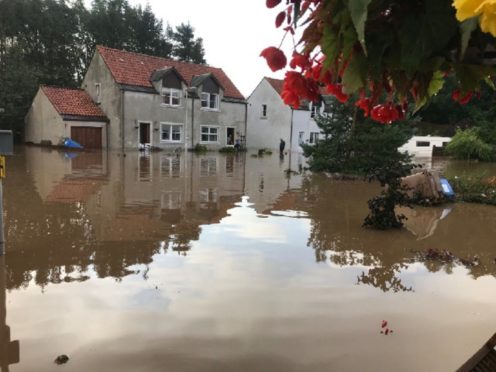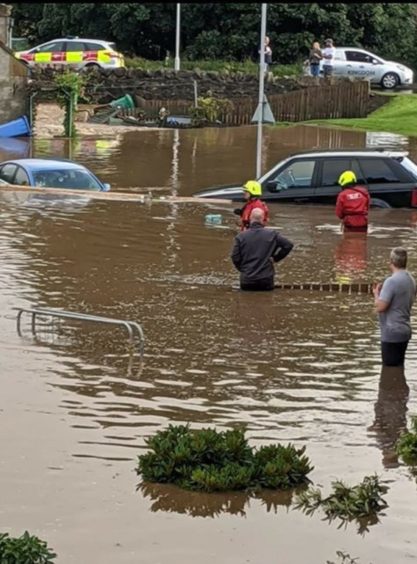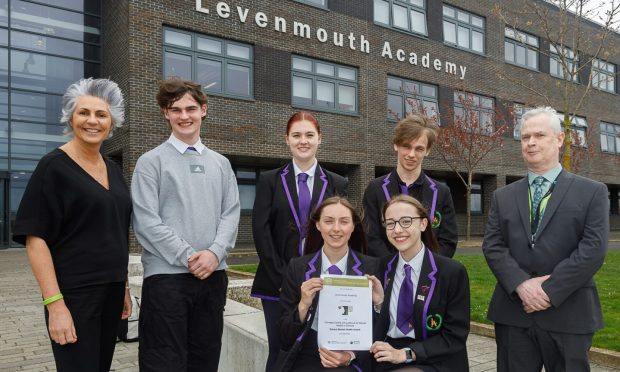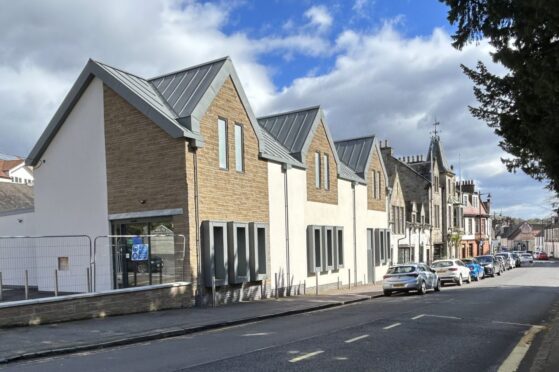Communities deluged by repeated flooding across Fife have been told they will not be eligible for a slice of the recent £150 million committed by the Scottish Government to target hardest hit regions.
Council officers say the new fund, a top up to a £42 million Holyrood commitment already in place, will only be available to cover the increased costs of flood projects that have already been earmarked, and Fife has none.
The Scottish Government confirmed last September that local authorities would be eligible for 80% support for measures prioritised under the national Flood Risk Management Strategy process.
However, Derek Crowe, senior manager of Fife Council’s roads and transportation Services, told a meeting of the policy and co-ordination committee on Thursday there were “strict protocols” for applying and there were no eligible schemes in the kingdom.
“For the next year the Scottish Government has £42m for pre-arranged and priority flood projects,” said Mr Crowe.
“This extra £150m is only there to help deliver these existing schemes that have now been advanced to detailed design and tendering, the value of which has inflated significantly.
“There is no new money that Fife Council can bid in for, it is only there for existing projects,” he added.
“I want to stop any confusion around councillors and community groups that the council could be accessing this £150m.
“We have had it clarified that is not available to us.”
Councillors voiced their dismay at the news. Linda Erskine, who represents Cardenden, one of the communities hardest hit by the severe flooding caused by Storm Frances in August 2020, said she was “shocked and disappointed”.
She added: “The public are already assuming, as are councillors, that we have access to apply for that funding, the fact that we don’t is worrying.”
Fellow councillor Neil Crooks said: “This is a massive misunderstanding that will come as a big shock to many communities, some of which have suffered for years.
“I’m stunned to learn that the extra funding won’t be available to local authorities.”
Fife Council has provided an extra £5m to the council’s flood prevention plan to be spread over the next 10 years, as well as a further £450,000 to investigate around 600 potential flood risk areas across the region.
Councillors were that the long-term flooding problems in Kinglassie, where some residents have yet to return to their homes after Lochty Burn burst its banks in August last year, have now been made a priority.
The works will be submitted to the Scottish Government for the next round of funding applications in 2022.
A report to the committee also outlined improvements made to the council’s flood emergency response as a result of the lessons learned from the devastating storms and flooding that hit Fife over August 11 and 12 last year.
Members were told staff numbers at the council’s call centre were being increased after it was swamped with more than 4,000 calls from the public seeking assistance during the two-day period.
Better training for council officers and closer links with existing community organisations are also priorities.












